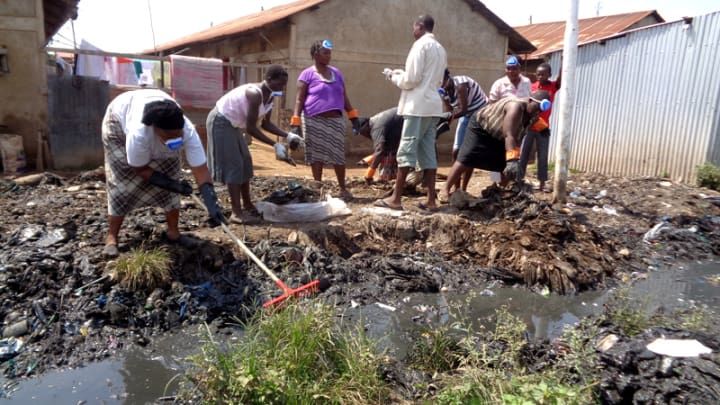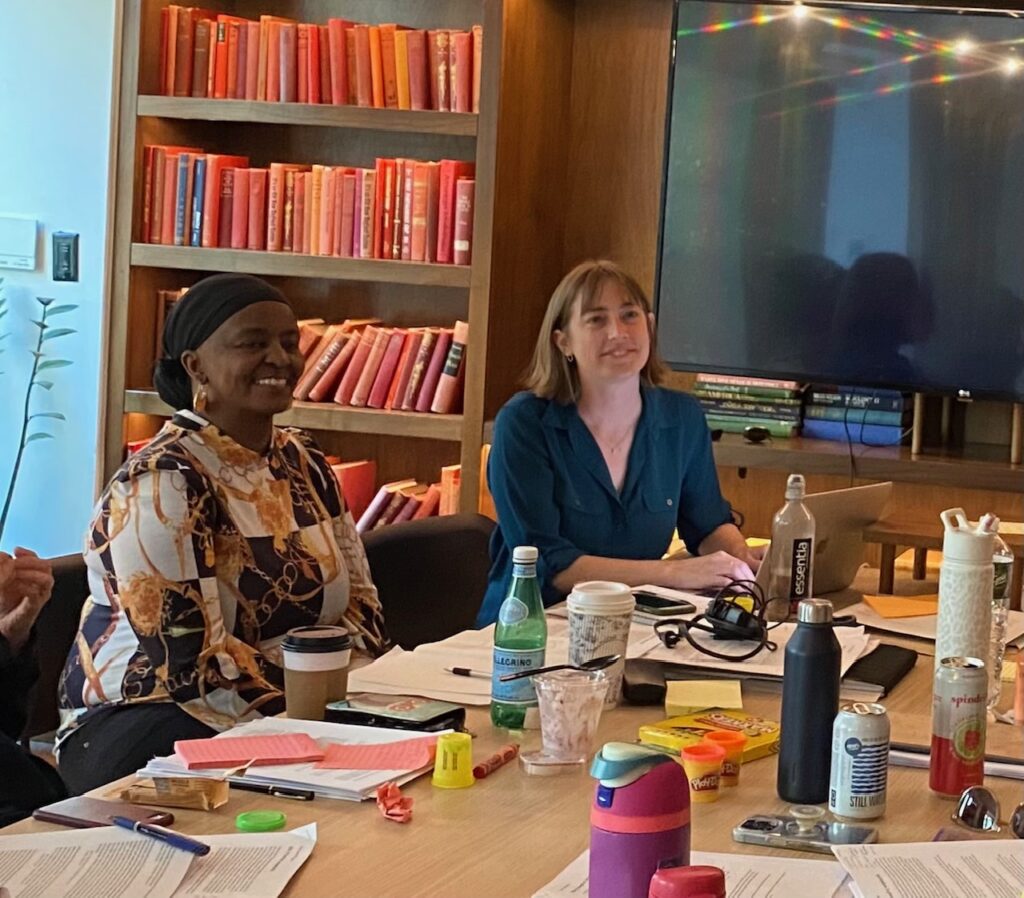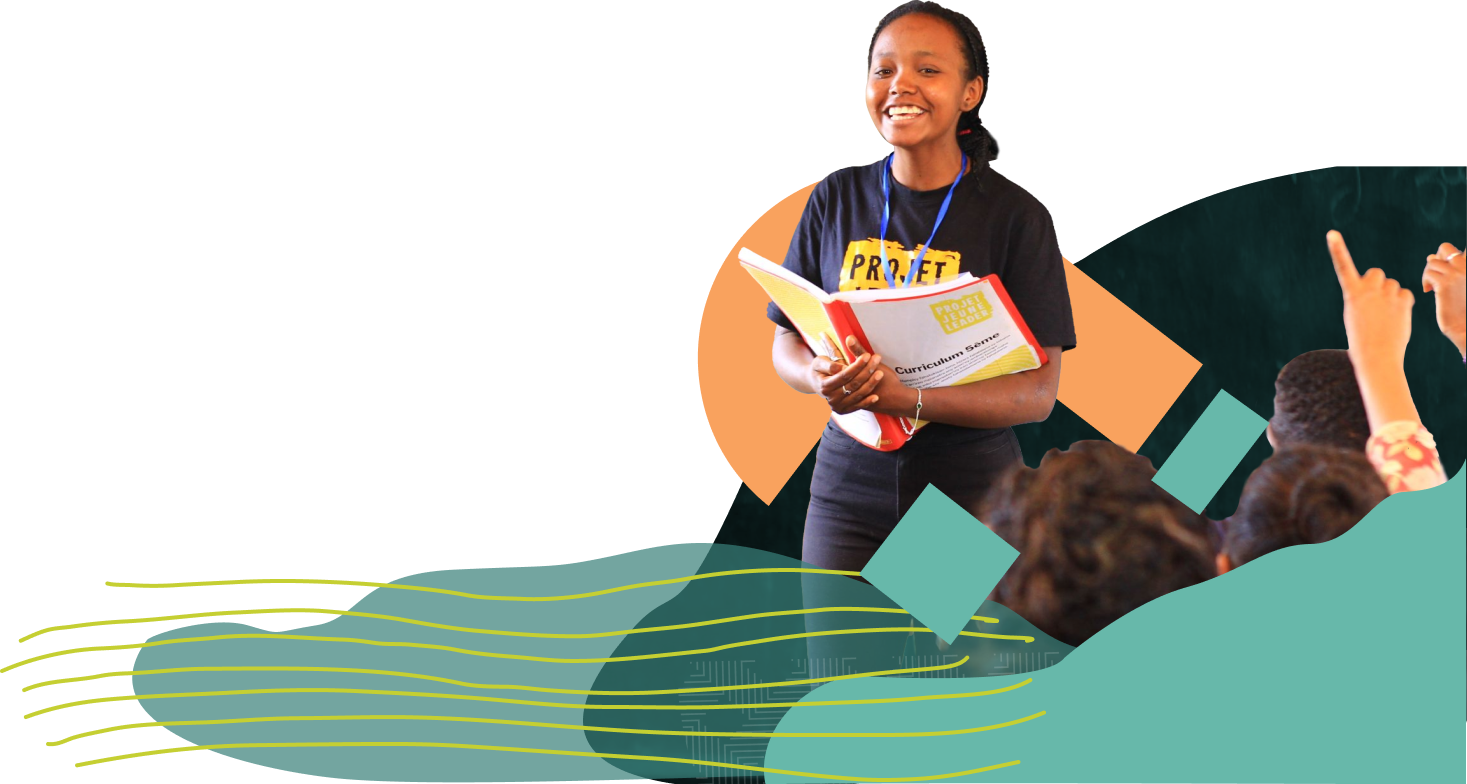Safe infrastructure means safer women — and it’s our job to say so

At this raw and anxious geopolitical moment, those of us in the development community can probably agree that violence against women and girls takes place all over the world and that something must be done to stop it.
This consensus has prevailed for some years now. Yet the panoply of initiatives undertaken thus far — largely small-bore, politely funded programs that may raise awareness and train law enforcement officials or community members — hasn’t really changed the game.
Infrastructure as a barrier to safety
In slums, violence is enshrined in infrastructure, or in its crippling absence. Sexual assault predawn while out gathering water, using the community toilet, walking to work, or even in one’s own home, happens twice as often to impoverished women and girls as to those who are not poor. One such blow can crush a girl’s sense of self-esteem, dignity, and faith in her community. Factoring in the potential loss of victims’ lifetime earning power, the multipronged costs of violence should become clear. Equally clear is the reality that the paltry levels of public, nonprofit, and multilateral investment in making cities safe for women — mostly into trainings and community workshops — have proven woefully inadequate.
Heightening awareness and changing attitudes are essential and may be all we can manage as individual development organizations. However, without street lighting, reliable access to safe water, sanitation, transport, and shelter, neither girls nor women in poor urban neighborhoods will ever be safe. Paying for all of this requires significant public investment, and a stroll through a slum in most cities will confirm that ensuring healthful, safe, and productive neighborhoods cannot have been a priority of the powerful. Those who live and work in impoverished urban settings rarely have the chance to make their voices heard — except, sometimes, in elections, when their votes can often be bought for cheap, especially when the promise is grand, such as the common promise of a water tap in every home. But once the vote of poor people lock in the politician’s job security, promises oftentimes evaporate.
Yet, as development practitioners, we know this is not nearly enough. Yes, our organizations’ mandates are key to food security, health, education, and financial inclusion, but if poverty is a structural representation of inequality, so is violence against those with the least access to power, resources, or recourse across the globe: Women, girls, the disabled, elderly, and otherwise marginalized. If we don’t use our own access to elevate their voices, we are enabling the violence to continue.
Taking Action
Development has the power to repair some imbalances, including by helping women and girls advocate for themselves and be heard. To do so effectively, we need, quite literally, to “walk in their shoes.” We need to ask, when in the streets of Accra, Arequipa, or Aleppo, how it would feel to walk through those winding alleyways at dusk or predawn as a poor woman with young children in tow: Is there lighting? Are the sidewalks or streets intact and smooth, free of potholes and broken curbs? In the crush of midday, are the pathways so crowded that you or your children might feel at risk? Does your home have a water tap? A toilet?
If not, do we know how far a mother must walk each day to gather water, use a toilet, bathe herself and her children, and dispose of their waste? We also need to ask mothers, and other women and girls, how it feels to live there, what their most pressing challenges are, and how they would solve them, if they could.
Then, we need to get public officials to listen. In courtesy calls with the mayor, in meetings with the departments of water, sanitation, and public works, it should be part of our job to help them see firsthand some of the infrastructure deficits in the communities they serve and to facilitate face-to-face sit downs with residents and business leaders so they can voice their needs and suggestions and hold relevant officials accountable.
Second best would be to bring community members to public officials or, as a last resort, to relay the messages from women and communities to those responsible for improving urban infrastructure. As outsiders, conceivably bringing in resources, we are less likely to be spurned.
Let’s face it, most cities don’t want to install public facilities in informal settlements, where doing so would literally cement those communities and improvements, making them more permanent and requiring upkeep, but public officials don’t need to say that. It’s so much easier to pass the buck or find an excuse, leaving poor urban populations chronically underserved.
These excuses cannot be ours. We must act on what we know as development professionals. By working together with local authorities and communities to make urban infrastructure safe for all citizens, we can be the agents of a change that is long overdue, cost effective, and guaranteed to save lives.
Human dignity and freedom from violence are universal human rights. Each violent act against a girl or woman dismembers the progress we make as development actors. It’s up to us to stand with those women and girls, not to look the other way, or to claim that it is outside our mandate. It’s our job, and time’s up.




